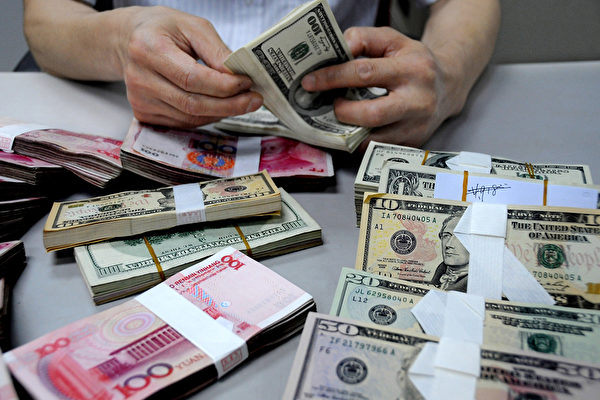In China, the sluggish economy and high unemployment rates have left ordinary people feeling increasingly anxious about the future. The rise of the “money-saving partners” phenomenon on social media platforms has provided a new way for individuals to cope with financial challenges. Many have joined these groups to encourage and support each other in reducing expenses and saving collectively. However, the high savings rate poses a significant challenge for the Chinese Communist Party as it seeks to revitalize the economy.
During the pandemic, Kathy Zhuo and her husband experienced a 50% pay cut, adding further strain to their already tight financial situation as she also had to care for her mother who was diagnosed with cancer five years ago. As a 36-year-old mother of two, Zhuo expressed her feelings of insecurity due to the financial setbacks.
The economic impact on Zhuo’s family led her to explore ways to save money. After being inspired by a blogger documenting their money-saving journey through a “money-saving partners” group, she decided to join in. This concept of “partners” has become a popular social culture in mainland China, where individuals with shared interests come together to engage in various activities.
The trend of “money-saving partners” first appeared on the Chinese social media platform Xiaohongshu in February 2023. According to data analysis from the platform Xinbang, the hashtag has garnered over 1.7 million views to date. On Weibo, discussions related to “money-saving partners” have generated millions of views.
Lu Xi, a public policy professor at the National University of Singapore, remarked that this trend reflects a lack of economic confidence among the people. Many of Zhuo’s friends and family members have also faced unemployment, leading her to believe in the necessity of preparing for potential financial risks.
By joining multiple “money-saving partners” groups online in February, Zhuo and other members, mostly women aged between 20 and 40, engage in discussions, share money-saving tips, and collectively work towards their savings goals. The mutual accountability and support within these groups have helped members make significant reductions in their expenses and adopt frugal living habits.
Surprised by the number of people undertaking similar money-saving endeavors, Zhuo has managed to cut her spending by 40% within just one month of collaborating with her saving partners. She now aims to save 100,000 RMB by the end of the year.
Over the past year, China has faced numerous economic challenges, including stock market turbulence, declining foreign investments, a stagnant real estate sector, high unemployment rates, and a general lack of consumer confidence. These issues have contributed to a subdued consumer market and looming deflationary pressures.
One businesswoman, Chen, who runs a beauty business, shared her experience with BBC, highlighting the increased difficulty in saving money amidst reduced clientele and cutbacks in consumer spending. China already boasts one of the world’s highest savings rates, and the rise of “money-saving partners” further encourages people to save rather than spend.
Official data indicates that by the end of 2023, Chinese households had approximately 138 trillion RMB in bank deposits, representing a nearly 14% annual increase. However, the persistently high savings levels may pose a challenge for the Chinese government’s efforts to stimulate economic growth through monetary policies like interest rate adjustments.
The economic challenges facing China have created a vicious cycle where consumer reluctance to spend exacerbates deflationary pressures. Sluggish consumption and falling prices lead to decreased corporate profits, prompting businesses to downsize, cut wages, or delay hiring. This, in turn, deepens concerns about personal economic prospects among the population, encouraging further belt-tightening and saving behavior, ultimately dampening domestic demand.

